Gangjin Baengnyeonsa Temple (백련사 (강진))
6.7 Km 10393 2020-04-04
145, Baengnyeonsa-gil, Gangjin-gun, Jeollanam-do
+82-61-432-0837
The original name of Baengnyeonsa Temple was Mandeoksa Temple, said to have been built by Preceptor Muyeom during the reign of Silla King Munseong. Later, Preceptor Wonmyo rebuilt it in the old site during the reign of King Huijong (7th year) during the Goryeo period. He gained fame as Baengnyeongyeolsa so the temple began to be called Baengnyeonsa Temple. Baengnyeongyeolsa has produced eight preceptors of Goryeo and flourished throughout 120 years. In addition, the area is famous as the place where Dasan Jeong Yak-yong and Master Hyejang connected and developed companionship regardless of religious and age differences during Jeong was exiled to Gangjin.
The temple’s most popular attraction is Forest of Common Camellias, designated as Natural Monument No. 151. The Camellia trees, skirting the road to the temple, make up a forest covering the area of 9,917 ㎡ over the ruined Haenghotoseong Earthen Fortification next to a memorial stone. In the forest, four stupas of Goryeo and Joseon Era are scattered like hide-and-seek. The forest features a tranquil ambience all year long even in daytime, thanks to the thick, green leaves. From November, the camellia flowers are in full bloom and the forest becomes red, beautiful enough to inspire visitors. After passing the forest on the way to Dasan Chodang, visitors can glimpse a colony of tea fields and wild tea produced by Baengnyeonsa Temple. The mountain where Baengnyeonsa Temple is situated has had wild tea fields grown from Goryeo Era so that it was called "Dasan." For this reason, Jeong Yak-yong’s pen name is "Dasan" which holds the valuable meaning of his banishment here.
Gangjinman Bay (강진만)
6.8 Km 26045 2020-03-27
Beoljeong-ri, Gangjin-gun, Jeollanam-do
+82-61-430-3114
Gangjin has many scenic landscapes with Wolchulsan Mountain to the north and the sea of Gugangpo dotted with numerous islets and wetlands to the south. It is also home to beautiful mountains, rivers, and plains that add to its scenic beauty and natural features. The Baengnyeonsa Temple and Dasan Chodang to the west of Gangjinman Bay, and the reeds along the coastline are a beautiful sight to behold. Also, the National Highway No. 23 that runs along the eastern border of the Gangjinman Bay, past the town of Gangjin-eup to Maryang, is famous for its many spectacular sights. Above all, it is highly recommended to hike up the Cheonilgak Pavilion in front of the Dasan Chodong Dongam (east hermitage) for a panoramic view of Gugangpo’s coastal waters. The hiking trail that traverses Mandeoksan Mountain leads to Baengnyeonsa, which is a temple with breathtaking ocean view.
Maryang Port (마량미향(마량항))
10.0 Km 33269 2024-02-16
150 Mihang-ro, Maryang-myeon, Gangjin-gun, Jeollanam-do
Maryang Port, situated along the pristine waters linking Wando Island, the Dadohae islands, and Jeju, is a notable destination. From April to October, it becomes the venue for the Maryang Nolto Fish Market every Saturday. This market is celebrated for its lavish food selections and the spectacle of raw fish being expertly sliced before visitors. Adjacent to the port, an observatory provides sweeping views of the stunning Gangjin seas. Additionally, the nearby Kkamakseom Island, recognized as a Natural Monument, is visible from this vantage point, adding to the area's allure.
Cheongwansan National Recreational Forest (국립 천관산자연휴양림)
10.5 Km 24703 2021-05-24
842-1150, Chilgwan-ro, Jangheung-gun, Jeollanam-do
+82-61-867-6974
Cheongwansan National Recreational Forest is located at the entrance of one of the five great mountains of the Jeolla region. Cheongwansan Mountain is a rocky mountain with steep peaks. Red camellia flowers bloom in spring, while in fall, silver grass blankets the area, creating a spectacular scene. The mountain peak offers an incredible ocean view due to the mountain's close location to the coast. To the south, the vast Dadohae Sea comes into view, and hikers may even get a glimpse of Hallasan Mountain from afar on a clear sunny day. A landscape of different mountain ridges can be seen to the north, namely Wolchulsan Mountain in Yeongam, Jeamsan Mountain in Jangheung, and Mudeungsan Mountain in Gwangju.
Cheongwansa Temple is located within a few hundred meters of the peak of the mountain. The recreational park is equipped with convenient facilities and a well-managed 7-kilometer-long hiking trail, serving as a great vacation spot for weekend getaways.
Jangheung Cheongwansa Temple (천관사(장흥))
11.0 Km 8644 2021-11-29
1272-473, Chilgwan-ro, Jangheung-gun, Jeollanam-do
+82-61-867-2954
Cheongwansa Temple is situated in the middle of Cheongwansan Mountain and is believed to have been built by Monk Tongyeong during the Silla Kingdom. It was once home to over 1,000 monks in its 89 buildings. Beneath the temple’s humble exterior is an impressive collection of cultural properties including Cheongwansa Three-Story Pagoda (Treasure), Cheongwansa Seokdeung (stone lantern), Five-Story Pagoda, and Jangheung Tapsansaji Seokdeung (stone lantern). In addition, Cheongwansan Mountain is known for beautiful camellias in spring and gorgeous silver grass in fall as well as an array of fascinating rock formations. Visitors can also enjoy the views of Dadohae (an archipelago) from the top of the mountain.
Cheongwansan Literature Park (천관산 문학공원)
11.3 Km 8055 2019-10-03
Yeonji-ri, Jangheung-gun, Jeollanam-do
+82-61-860-0224
Cheongwansan Literature Park is located on the outskirts of Cheongwansan Mountain in Jangheung. The mountain itself is known for a unique array of odd-shaped rocks and ridges, attracting many visitors year-round.
Jangheung is nicknamed ‘Literature Town’ for its history of producing outstanding writers. The park commemorates these writers and their development of the modern style of Korean poems, novels, and essays (including Song Gi-suk, Han Seung-won, and Lee Cheong-jun) with a total of 54 monuments; each displaying the best of each writer’s works. A separate monument (7 stories/15m) contains works and handwritten manuscripts by 35 writers and their chronologies in capsules. In addition, over 460 stone towers leading to Tapsansa Temple await visitors.
Gangjin Night Dream (강진 나이트 드림)
11.6 Km 126 2020-07-09
5, Boeun-ro 4-gil, Gangjin-gun, Jeollanam-do
+82-61-434-6999
Gangjin Night Dream is a tourism content developed to provide night tours in Gangjin. From walking tours to busking performances, flying wish lanterns, and more, visitors can experience various activities all in one package.
Yehyang (예향)
11.7 Km 5973 2024-02-19
11-1 Boeun-ro 3-gil, Gangjin-eup, Gangjin-gun, Jeollanam-do
061-433-5777
Yehyang is a traditional Korean table d'hote restaurant that originated in 1930 on Yeongrang-ro in Gangjin. They offer set menus such as ye jeongsik, hyang jeongsik, and surasang, all served based on a portion size for four people. Using natural ingredients, they provide healthy and flavorful meals with dishes like hongeo samhap (skate, pork, and kimchi combo), tteokgalbi (grilled galbi patties), and bori gulbi (barley-aged dried yellow croaker).
Haetae Sikdang (해태식당)
11.7 Km 0 2024-02-16
6 Seoseongan-gil, Gangjin-eup, Gangjin-gun, Jeollanam-do
Haetae Sikdang specializes in Namdo-style hanjeongsik (Korean table d'hote), with the Haetae jeongsik (Haetae set menu) being the sole offering on its menu. This nutritious array of dishes is prepared using ingredients sourced from the rich natural environment of Gangjin. The selection of food varies seasonally, featuring Gangjin daehap (hard clams) in spring, minmul jangeo (freshwater eel) in summer, jeoneo (gizzard shad) and odori (raw shrimp) in autumn, and maesaengiguk (seaweed fulvescens soup) in winter, ensuring a diverse and fresh dining experience throughout the year.
Birthplace of Yeongnang (강진영랑생가)
12.1 Km 18614 2019-08-10
15, Yeongnangsaengga-gil, Gangjin-gun, Jeollanam-do
+82-61-430-3185
Kim Yun-sik was born on this site on January 16, 1903 as the first-born of two sons and three daughters. Under the pen name Yeongnang, he was active in literature until his death on September 29, 1950. Among the 80 poems he published, more than 60 were written in this place where he lived a life resisting Japanese imperialism and refusing to change his name to a Japanese name. After he moved to Seoul in 1948, his birthplace was resold several times, but the county of Gangjin-gun bought it in 1985 to restore it to its original state with a thatched-roof. The site features many of the poet’s writing materials and the site has a small well, camellia trees, jangdokdae (a platform where large clay pots used for storing food are kept), persimmon trees, and a peony garden.
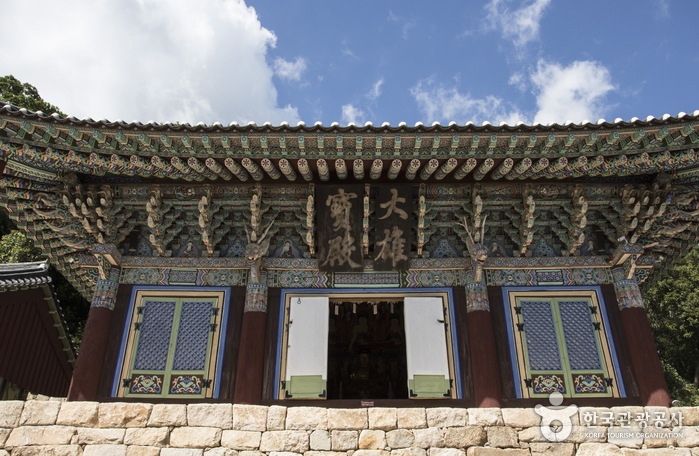
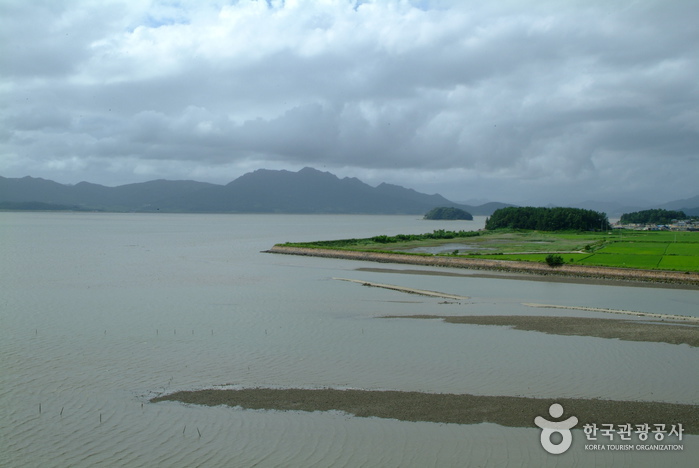

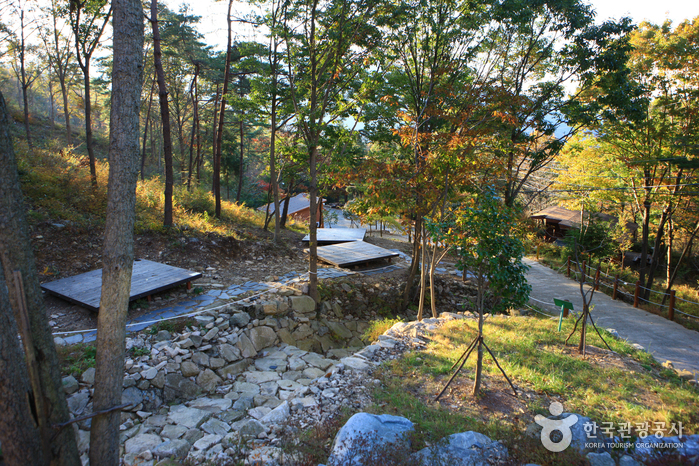
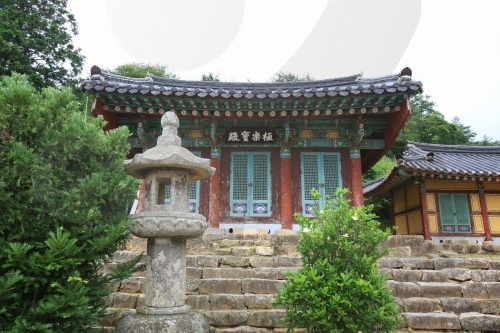
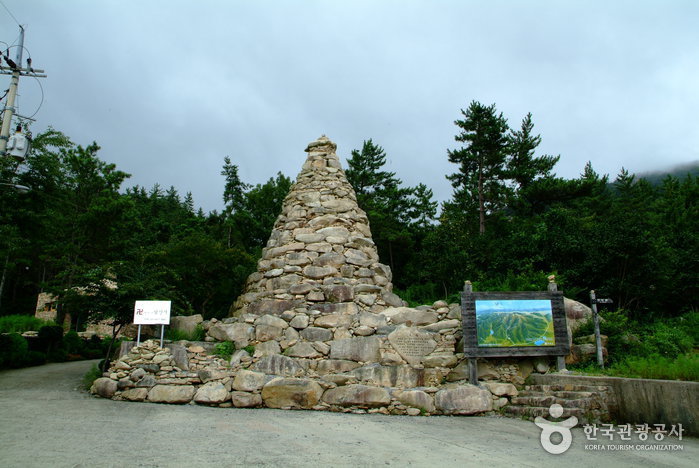
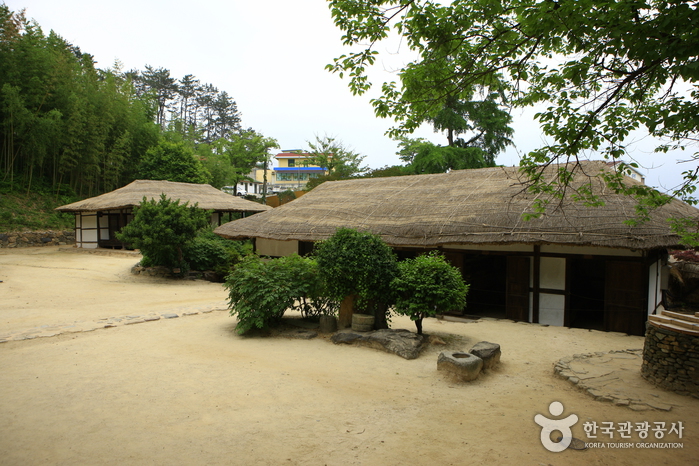
 English
English
 한국어
한국어 日本語
日本語 中文(简体)
中文(简体) Deutsch
Deutsch Français
Français Español
Español Русский
Русский